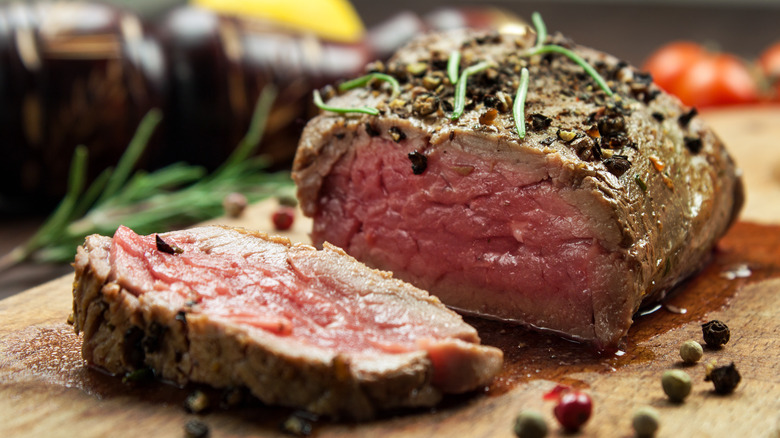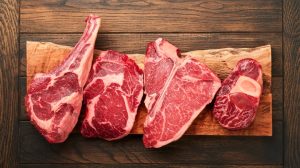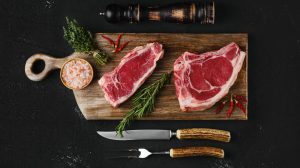The beloved tenderloin lives up to its name; it’s a succulent and soft cut of beef. Sourced from the loin, it’s away from active muscles, lending a cut free of fat and connective tissue. As a result, it comes expensive — after all, this is where revered filet mignon and chateaubriand are sourced from.
Such a moist and pricey status makes overcooking even more of a risk. With little fat for protection, it’s easy to prolong heating just a smidge too long and receive a disappointing dry result. The issue arises when crafting a tenderloin beef roast and throwing the cut on the grill.
A common mistake is not accounting for cooking after grilling is done. So, when you’re finishing grilling the cut, take off a few degrees early. Beef tenderloin is best at medium-rare to medium; an extra minute can push it into the next doneness bracket. As a result, aim to take it off around 5 degrees Fahrenheit below your desired temperature to attain the ideal result.
Take beef tenderloin off early to avoid overcooking

Nailing the ideal beef tenderloin temperature requires finesse and a proper cooking methodology. You’ll first want to sear the meat, creating a delicious exterior crust that seals in juices. Heat the grill to its sizzling hottest temperature, or crowd coals in a section for a hot zone. Throw the meat on each side for a few minutes before transferring to a cooler environment. Then, it’s all about a patient slow-cook until it hits around 115 degrees Fahrenheit internally.
With tenderloin’s varying possible thickness, you’ll need a meat thermometer for accurate results. Don’t use the feel-based non-intrusive methods for steaks, either. You’ll want to watch the thermometer to the degree and take it off once it hits the exact temperature. Don’t forget the crucial 10 to 15-minute rest before slicing in and enjoying the wondrously tender cut. Especially when cooked to a medium-rare, it has a mesmerizing melt-in-your-mouth quality unlike anything else.







